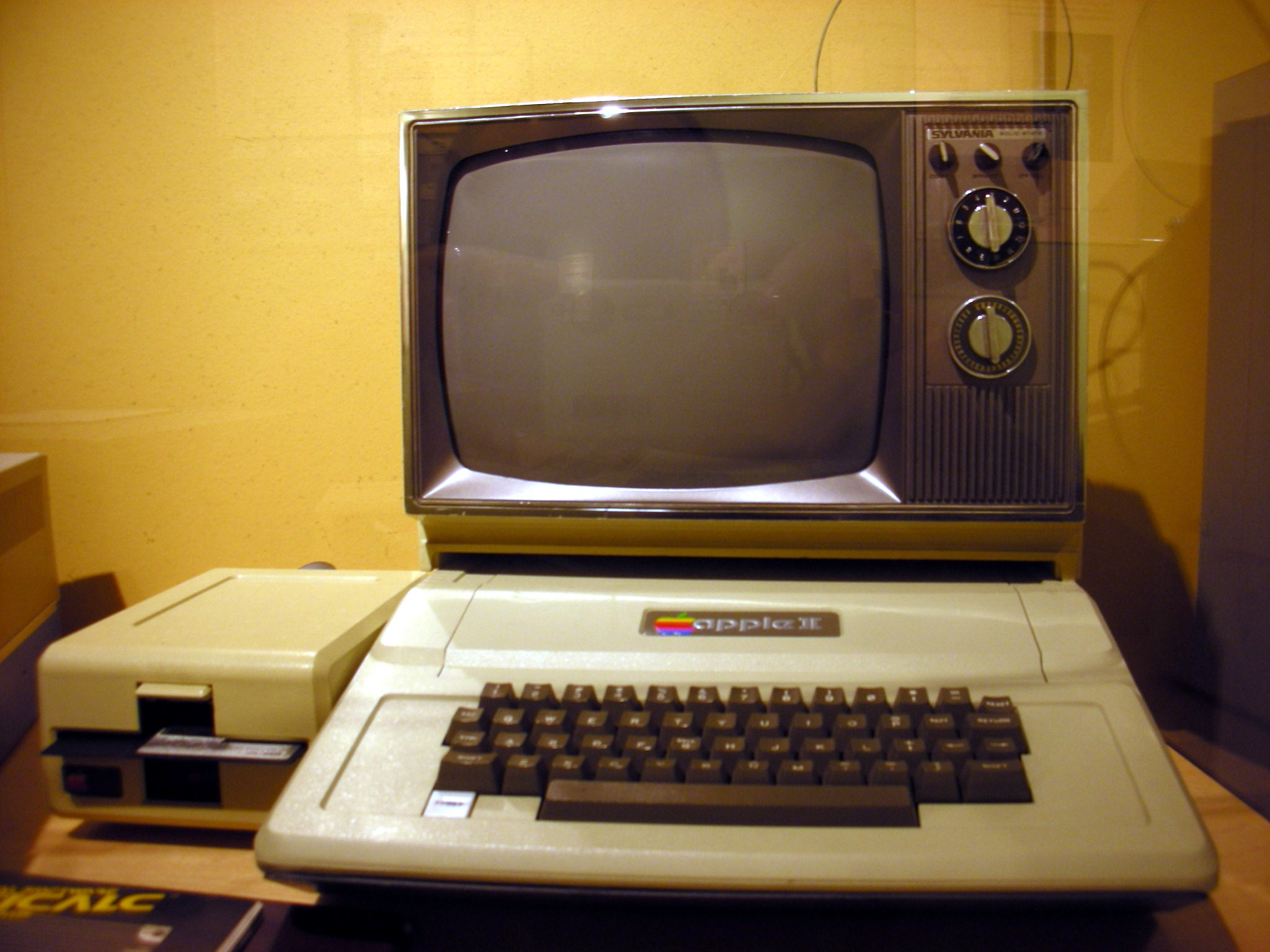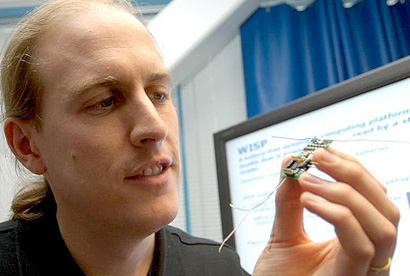
The internet is so interwoven with our daily lives that it’s hard to imagine life without it. It’s increased connectivity, there’s global access and education, and less ignorance about the world. However, the internet is just over 50 years old and it’s revolutionized humans faster than our history could comprehend.
The first computers were made in the 1950s and the concept of the internet did not arise until the 1960s where ARPANET was one of the first packet network systems available and also the first to use an Internet Protocol. Commercial Internet Service Providers (ISP) were finally available in the late 1980s.
The world-famous novel Ender’s Game by Orson Scott Card, first published in 1977 as a short story, predicted much of the internet and technology as we see it today (email, instant messaging, tablets, early techniques of SEO and influence with personalities and blogging). The internet really didn’t kick off to the rest of the world until the mid-1990s, where SEO also began, and almost all cultures were effected.
The Internets Shaped My Life
The internet, in many ways, makes life a lot more convenient. There’s much more opportunities for education, business, connecting with others, and creativity. Many argue that more convenience means less privacy what with the potential for abuse, hackers, bullying, laziness, crime, stalking, porn, etc.
As we see other countries receiving more exposure to the internet, we see old internet crimes repeating themselves or becoming craftier. Ultimately, it’s the people shaping the internet, the curiosity of humans and what they can or can’t do. Politics are either exposed or hidden depending on who’s shouting and who’s throwing blankets. Mostly, the goal is to make life easier.
The Internet of Things, Artificial Intelligence, and Big Data are all ways that science fiction dreamed of and reality pushes towards, which taps into more awareness of personal behavior and the world. Products that augment reality and are wearable or usable in order to gain more specific feedback and improve people’s health continue to develop, thus allowing humans to reach forward towards the dream of touching the Fountain of Youth.
Access to the internet and the development of future technology tries to make us more human than human, and arguably, more robot than human.
The Internet of Things
This concept, the Internet of Things (IoT) is buzzing around although it’s actually been around since 1991. It’s referred to these days as an advanced method of connecting to devices and systems such as: Man to Machine, Machine to Machine, or Machine to Mobile. A daily common phenomenon is the Smart Phone as an extension of our arms (for some people); it’s not just a phone, it’s a watch, a car key, a key fob, a wallet, a TV, a radio, a game console, a camera, a book, a computer, etc.
A lot of appliance companies are funding developments in in-home communications to provide usage information, such as with thermostats and lighting, for the homeowners to have more awareness and control over their own behaviors and consumption. There are refrigerators that will tell you when it’s time to buy more milk and which foods are about to expire.
There is clearly a stronger dependence on technology that reminds us to do things, helps us do things, and as a result, data storage needs to improve in order to contain all of this information of things. For sustainability, many businesses are looking towards natural power sources and lots of the information is housed in the Cloud.
Things in Google Glasses
Google Glass are glasses geared towards active people who use GoPro, Nike FuelBand or a fitness app. Built with a camera, Google Glass is able to track your time, distance, and miles of your run. Wondering how far you’ve biked accurately on trails is no longer an unanswerable question. The speed of the swing of your golf club is instantaneous. Need a fitness coach? Google Glass has one for you. Need some tunes? Automatic music. Don’t want to stop to text someone? Google Glass has your back.
If you’ve ever dreamed of being RoboCop, Google Glass is on its way there if you’d prefer to be a RoboAthlete. You can only imagine what else those little glasses will give you information on, like when the next subway will show up, but if you’re out in the wilderness, will the internet signal reach you if it can’t reach your phone? Google has Explorers testing this out with the mission of exploring and sharing the world with others.
Google Cars Look Out For You
Google Cars’ driverless cars are still in development, cruising around California and Nevada. Recently, they surpassed 700,000 accident-free miles hands-free. Although they’ve achieved a lot, there’s still a ways to go as they work on collecting and programming every single potential driving situation that may ever occur into the software.
Currently, Google Cars are able to distance themselves from obstacles and other cars, navigate through construction zones, interpret and predict the movement of others around the car, avoid cyclists, and stop at railroads.
Robot Care Takers Look Out For The Elderly
In many cultures, people expect the elderly to live at home with them and be cared for by their children and grandchildren. However, the number of nursing homes and increased lifespans are attributed to the increase of seniors; in countries like Japan, it is estimated that by 2025, the number of people over 65 years old will account for 30% of the population. In comparison, the global estimate for elderly in 2050 is 16% (Population Reference Bureau). Help is needed now. The Japanese are turning to robots.
According to the Pew Research, 65% of those surveyed think having lifelike robots be the primary caregivers for the elderly and infirm would be a change for the worst. However, the high turnover rate of caregivers makes the demand for these robots high and in 2013, Japan allocated ¥2.39 billion to developing these robots. Their goal is to make “cheap” robots mass market at a cool ¥100,000 to ¥200,000. Mass market would be a goal of 1 robot in every senior’s home or 1 in every 3 or 4 nursing homes.
For nursing home staff and probably hospitals, the ability of the RIBA (Robot for Interactive Body Assistance) is made specifically for lifting patients from wheelchair to bed and back, cutting down on back injuries and pain.
The concept of these plus the P37 S65 robot developed by Antonio Espingardeiro is to monitor and care for seniors while providing companionship and communication with doctors. The robot will utilize a camera, calendar, and access to the internet to track medications and consumption, provide psychological stimulation and treatment of dementia, prevent falls, lift seniors, notice deviations from daily patterns, and warn of danger like leaving a stove on for too long. Doctors would use the cameras to check in on patients, an idea currently in use with doctors and patients through webcams and Skype.
Medical Care On The Screen
In addition to using robots for medical care, doctors and psychologists have been moving their services online to treat patients remotely for convenience on both sides. While there is much worry of medical malpractice or negligence, there are many benefits to this such as financial and lack of mobility and outpatient follow-up post-surgery.
Google is just everywhere with their inventions and medicine is also one of them. They are in the process of developing Google Contact Lenses that can help monitor blood glucose levels of those with Type 2 diabetes.
Another contact lens would have an integrated camera for those with visual disabilities as it’s easier to follow the eye’s movements compared to Google Glass. This contact lens would be able to process face recognition, motion, color, light, and certain objects. Similar to photo tagging on Facebook, Google would tap into a database of faces and let you know who you’re looking at. If you’re about to walk off a curb into traffic, an audible warning would be sent to your smartphone.
Beyond medical information, these lenses have the potential to help the police with identifying persons of interest too. You can also imagine using the built-in camera to take pictures of what you’re looking at and even zoom, which is pretty cool and even more RoboCop-ish but making it that much easier to abuse and stalk. However, with that eagle vision, you can finally make the most of the iPad Mini 2’s retina display. The next step would probably x-ray vision, another childhood dream of many. Obviously there is a lot of worry of how invasive these technologies can get.
Implanting Information
Implanting the web into our brains is probably as invasive as it could get, but things are headed in that direction. Of course, there are arguments towards the endless knowledge you could literally tap into using electrical signals in your brain. The last thing many of us want though is the ability to mess with our own internal thoughts.
Pew Research found that 53% of Americans think things would be worse if people wore implants or a device that constantly showed them information about the world around them. It’s basically letting a computer think for you.
Seventy-two percent of those said they would not want a brain implant to improve memory or mental capacity. At this point, who wouldn’t try to hack into your brain for sensitive information?
As scary as this sounds, it’s already in the works. Scientists estimate that this could be a reality by 2020. Globally, there are currently about 100,000 people who have implants, many for medical reasons such as treating Parkinson’s. The Boston Globe reported in October 2013 that the Pentagon plans to spend $70 million on brain implant research over the next five years. They’re also looking into addressing mental disorders and seizures with the potential to “reboot” their brains.
For others, just having a quick and easy access to the internet is already a benefit. And don’t worry, Google is already on that too. “When you think about something and don’t really know much about it, you will automatically get information…Eventually you’ll have an implant, where if you think about a fact, it will just tell you the answer,” Google CEO Larry Page in Steven Levy’s In the Plex: How Google Thinks, Works and Shapes Our Lives.
More robot than human. This is the future of the internet.




